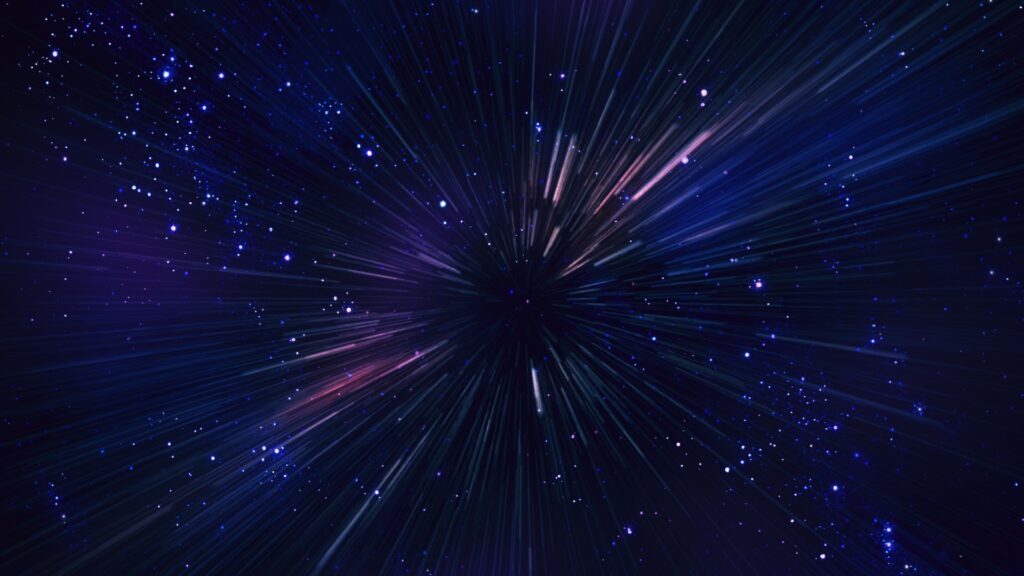
In 1929, astronomer Edwin Hubble published a paper demonstrating that the universe is expanding. It gave rise to the Hubble constant, the number that describes how fast the universe is expanding.
But it eventually created a puzzle, called the Hubble tension, because this cosmic expansion differs depending on what cosmic objects are used to measure it.
A new mathematical model could resolve the Hubble tension by assuming the universe rotates.
Related: After 2 years in space, the James Webb telescope has broken cosmology. Can it be fixed?
The new research, published in March in the journal Monthly Notices of the Royal Astronomical Society, suggests that our universe completes one revolution every 500 billion years. This ultraslow rotation could resolve the discrepancy between different measurements of the Hubble constant.
“The standard concordance cosmological model has some wrinkles,” study co-author István Szapudi, an astronomer at the Institute for Astronomy at the University of Hawai’i at Mānoa, told Live Science in an email. “A slow rotation of the universe could solve the Hubble puzzle.”
Astronomers measure the universe’s rate of expansion in a few ways. One involves looking at supernovas — the explosive deaths of giant stars — and measuring how quickly these supernovas recede. The other method utilizes the cosmic microwave background, the radiation present 380,000 years following the Big Bang. However, these two measurements differ by about 10%.
The idea of a rotating universe isn’t new; mathematician Kurt Gödel introduced the idea in a 1949 paper published in the journal Reviews of Modern Physics. Other researchers, like Stephen Hawking, have also explored this theory. In the new study, the team applied the rotation to the Hubble tension. Because all celestial objects — including planets, stars, galaxies and black holes — rotate, this behavior naturally extends to the universe as a whole, the study authors proposed.
“Much to our surprise, we found that our model with rotation resolves the paradox without contradicting current astronomical measurements,” Szapudi said.
The proposed glacial speed at which the universe may rotate is too slow to detect, but it would still affect the universe’s expansion rate and does not require new physics.
However, the model only incorporated some of the physics thought to be at play. “We use Newtonian physics with some input from General Relativity,” Szapudi said. “A complete [General Relativity] treatment would be desirable.”
He also explained that their work assumes the universe is uniform and did not vary in density as it evolved. In future investigations, the team will contrast the rotating-universe model against other cosmological models.
